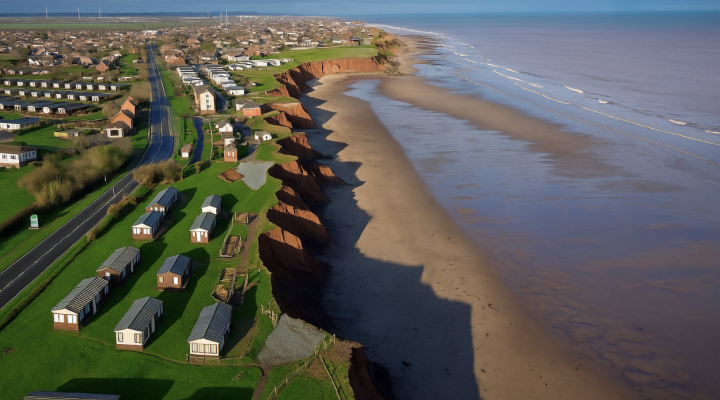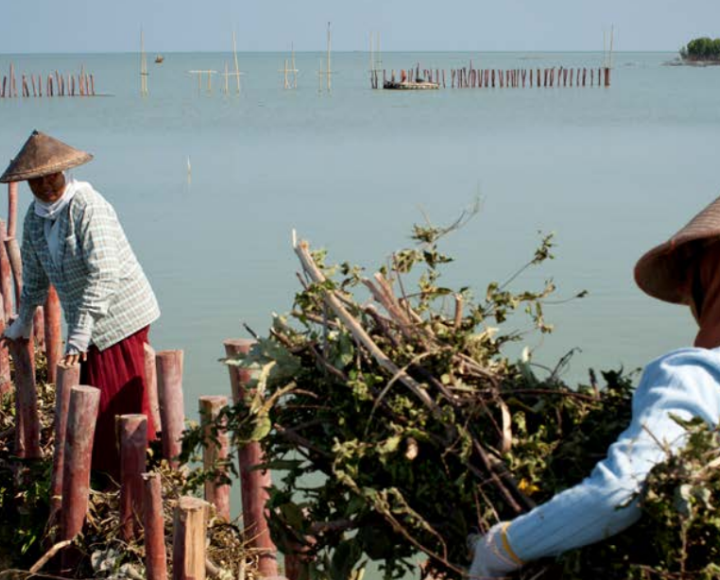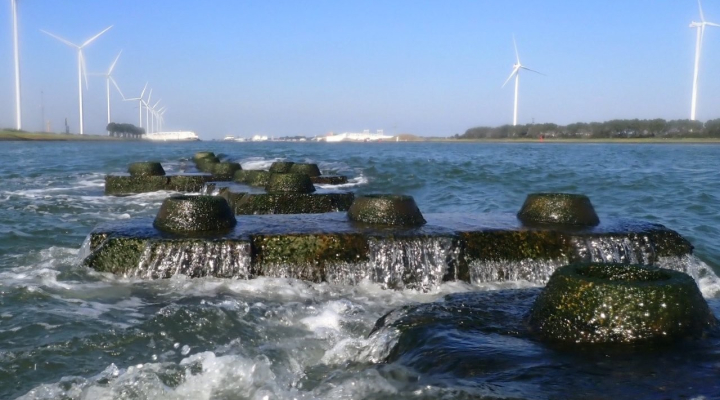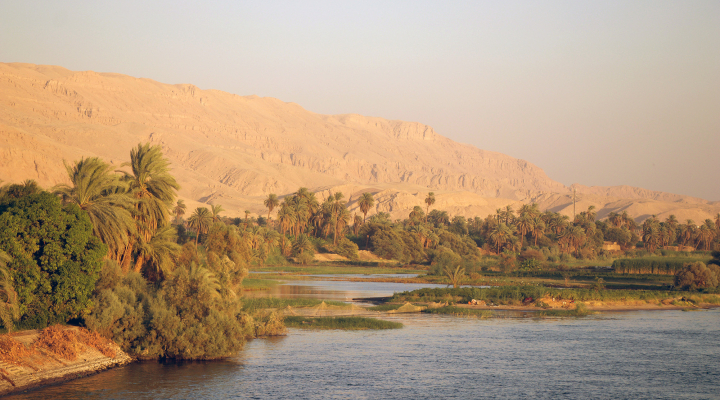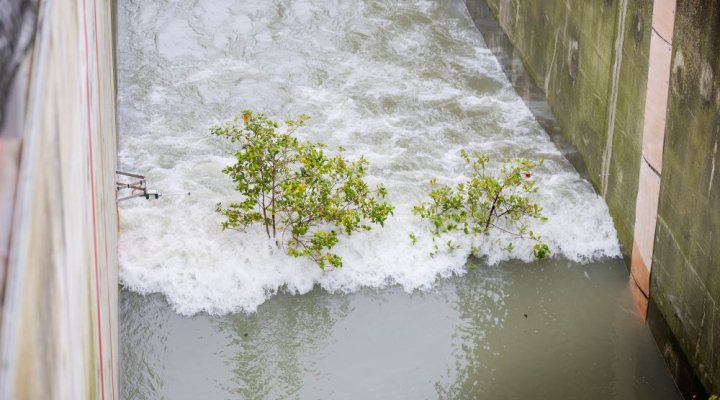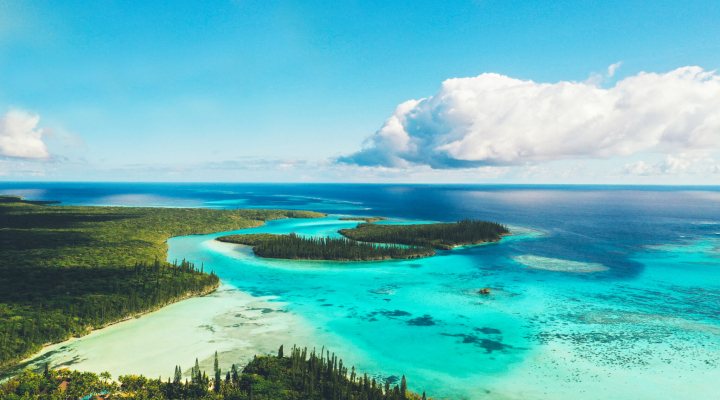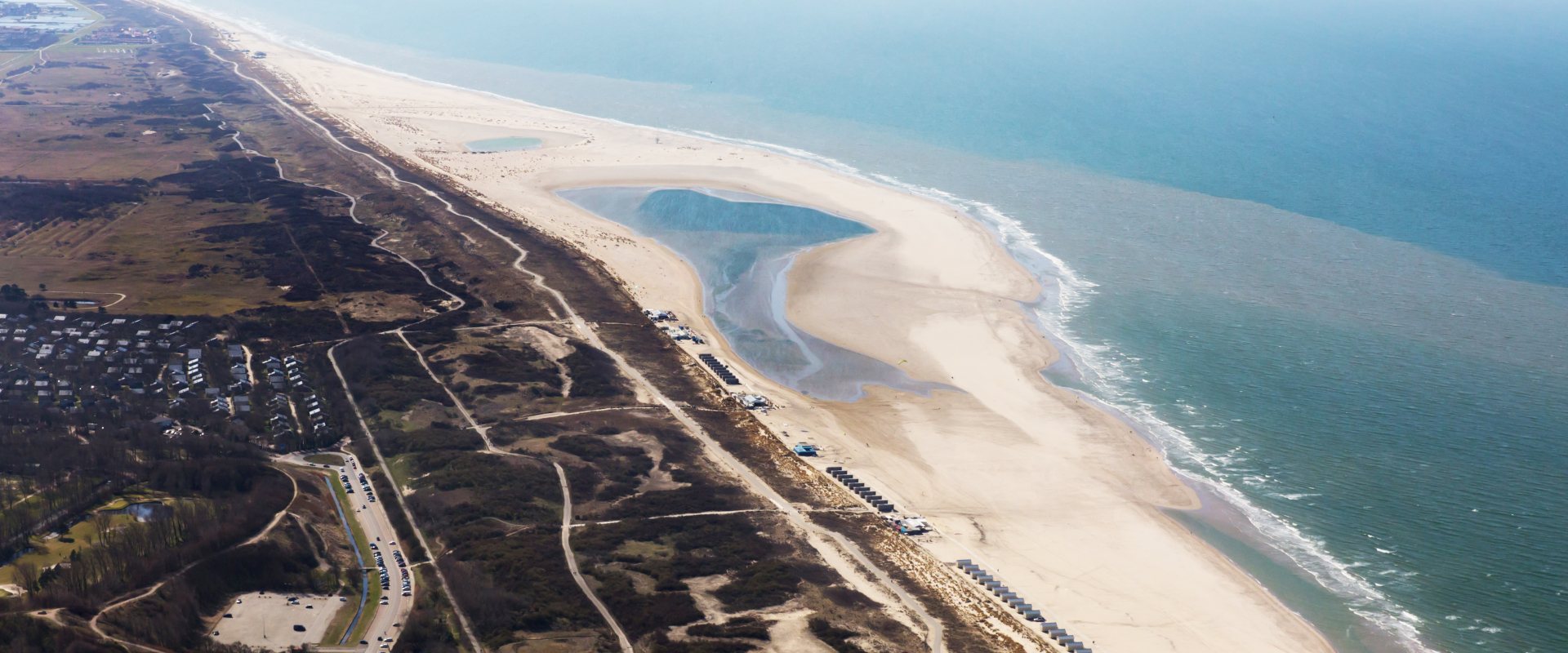
Sand Motor's first decade: increasing dune growth
After ten years, wind and currents are still spreading the sand of the Sand Motor along the Dutch coastline and the large scale sand nourishment intervention meets the expectations to reinforce the Dutch coast. For the coming years more sand transport is expected to reach the dunes.
On the occasion of its 10 year anniversary an evaluation has been published and the results were discussed at an international conference on 1 July.
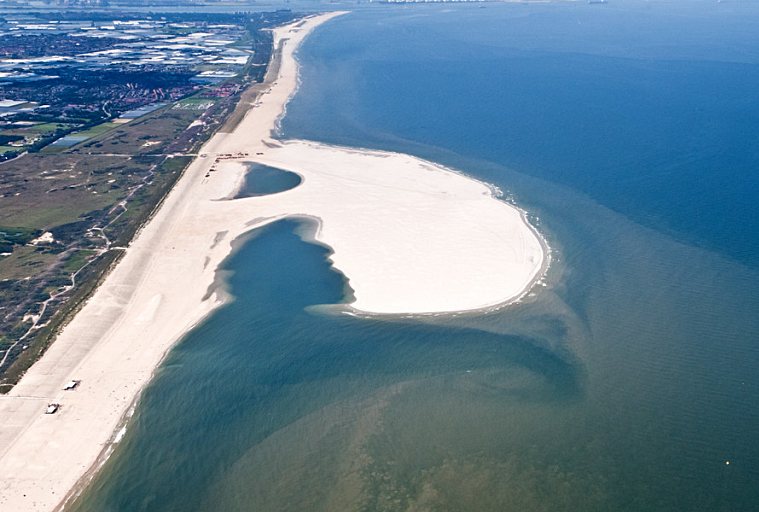

Unique concept
In 2011 a hooked-shaped peninsula was created on the Dutch shoreline consisting of 21 million cubic metres of sand. As anticipated, currents and wind reshaped the peninsula and transported sand to the beach on both sides.
The concept of this large scale beach nourishment is unique in the world and was meant as an experiment to see how nature would move the sand in the very dynamic coastal environment.
Now, ten years later, the original peninsula has been reshaped intensively. It now sticks out less into the sea less and its width has more than doubled from 2 km to 5 km. Sixty percent of the redistributed sand has been transported to the beach and the dunes. The remaining 40 percent could be traced on beaches and in dunes elsewhere along the coast.
According to an evaluation study the Sand Motor proves to be successful as the sand actually moves to the beach. Additionally, it created a dynamic landscape and became a well visited leisure area. Especially kit-surfers found their way to the widened beach.
Internationally, the Sand Motor has only one real follow-up on the East Anglian coast near Bacton.
Dune growth
Beforehand, the expectation was that the Sand Motor would widen the dunes and therefore improve coastal protection. After an initial slow start, dune formation is now progressing well as vegetation growth has accelerated in recent years.
That is particularly clearly visible at the southern part of the Sand Motor, where dunes were formed at the beach with a height up to three meters.
The existing row of dunes near the Sand Motor is also wider now. Dune formation is expected to increase further in the coming years.
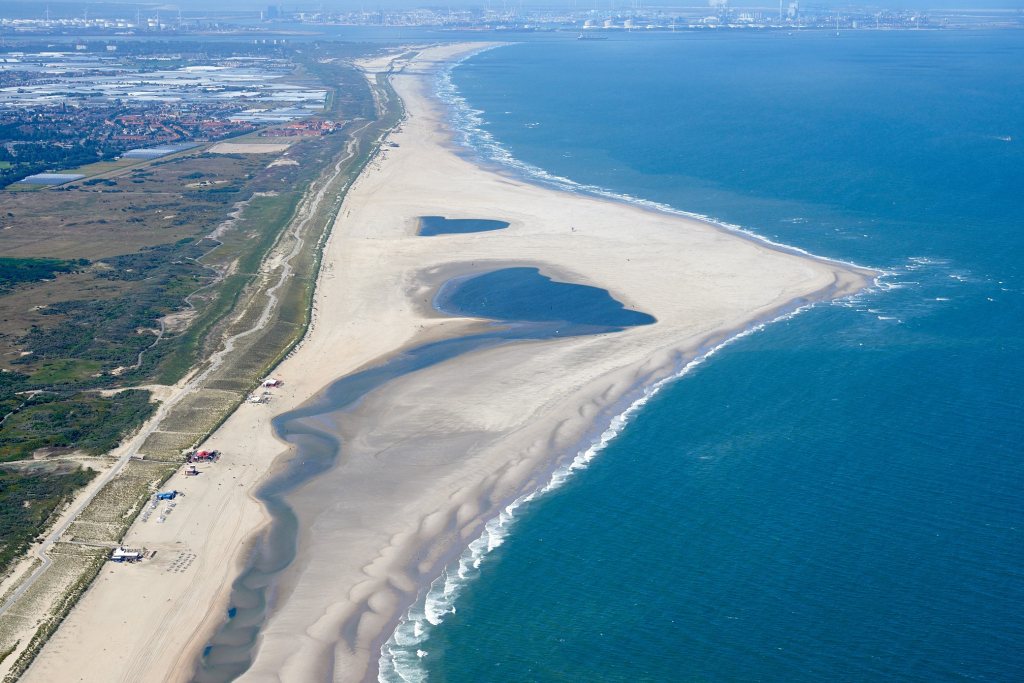

Many new insights
The changes in the landscape and nature have been monitored intensively by researchers from many different disciplines. Dutch research institute Deltares coordinated the measurement programme, capturing both the dynamics of the physical system and ecology in detail.
Bas Huisman, coastal expert at Deltares mentions that a lot of new insights have been obtained into natural coastal processes. 'This was only achievable at the Sand Motor and its unique dynamic shoreline. We learned how sand spreads along the coast, how new vegetation and dunes grow, where benthic life develops and how we can combine recreation and nature.'
‘Thanks to the Sand Motor pilot we can estimate the effects of future large-scale coastal measures. At Deltares we see this as a very necessary preparation given the challenges we face as a result of climate change’, Huisman adds.
The distribution of the sand takes longer than initially anticipated and sediment transportation models can now be adjusted.
Knowledge about sediment transport acquired from the Sand Motor has been used for other coastal protection projects in the Netherlands, including the creation of dunes in front of a sea wall.
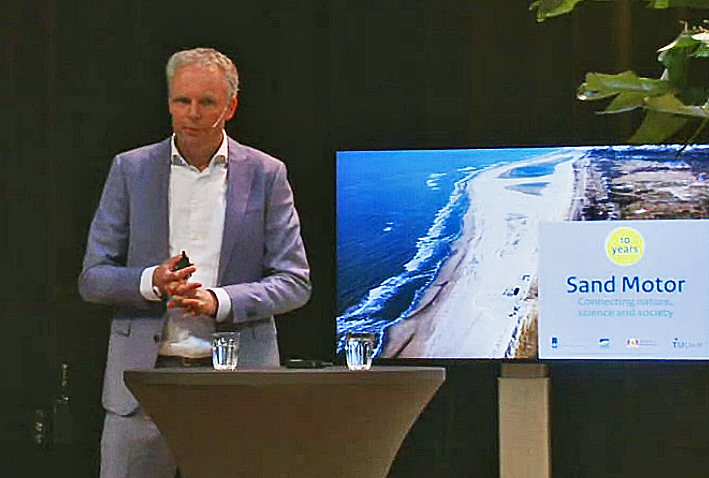

Field lab
Coastal engineer Stefan Aarninkhof at Delft University of technology is very enthusiastic about the Sand Motor as an open air lab where scientists and students from all over the world can use many measuring instruments that are in place to monitor the coastal processes, such as sand deposition and dune formation. ‘That knowledge is especially relevant in connection with climate change and sea level rise. We need an even better understanding of coastal development if we want to meet the challenges we are being faced with today’, says Aarninkhof.
The new knowledge feeds into a better understanding of natural forces and allows to engineer nature-based solutions better. ‘The aim is to enable the system to continually adapt to changing circumstances making it climate adaptive, Aarninkhof explains. ‘This will help the development of the natural landscape and promote coastal protection as well as recreational functions.’ However, building with nature comes with some unknowns as well. We know what the hard structures of the famous coastal works will look like in fifty years’ time. But we are not quite sure how the natural landscape will develop over time, or what a big storm may do to the coast. To find out we need to do more research.’
The Sand Motor is a pilot project of national water authority Rijkswaterstaat and the Province of South Holland in collaboration with research institutes and universities, including Deltares, Wageningen Marine Research and Delft University of Technology.




